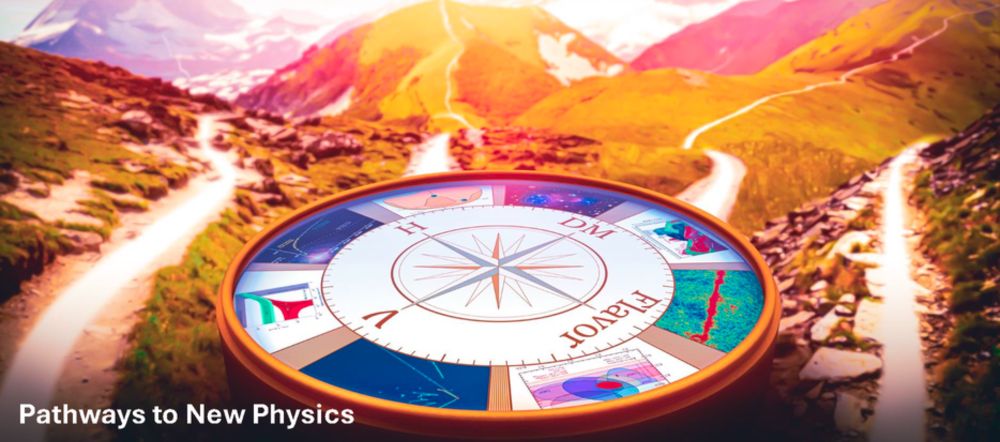
The SLAC SSI summer school is now fully remote and free to register.
indico.slac.stanford.edu/event/9605/
@fliptanedo.bsky.social
Particle physicist. Flip spends his time thinking about dark matter while covered in chalk dust. https://particle.ucr.edu

The SLAC SSI summer school is now fully remote and free to register.
indico.slac.stanford.edu/event/9605/

The theme of the 2025 SLAC Summer Institute is "Pathways to New Physics." Remote and in-person registration is open for senior graduate students and postdocs. The summer school includes group projects and social events.
indico.slac.stanford.edu/event/9605/
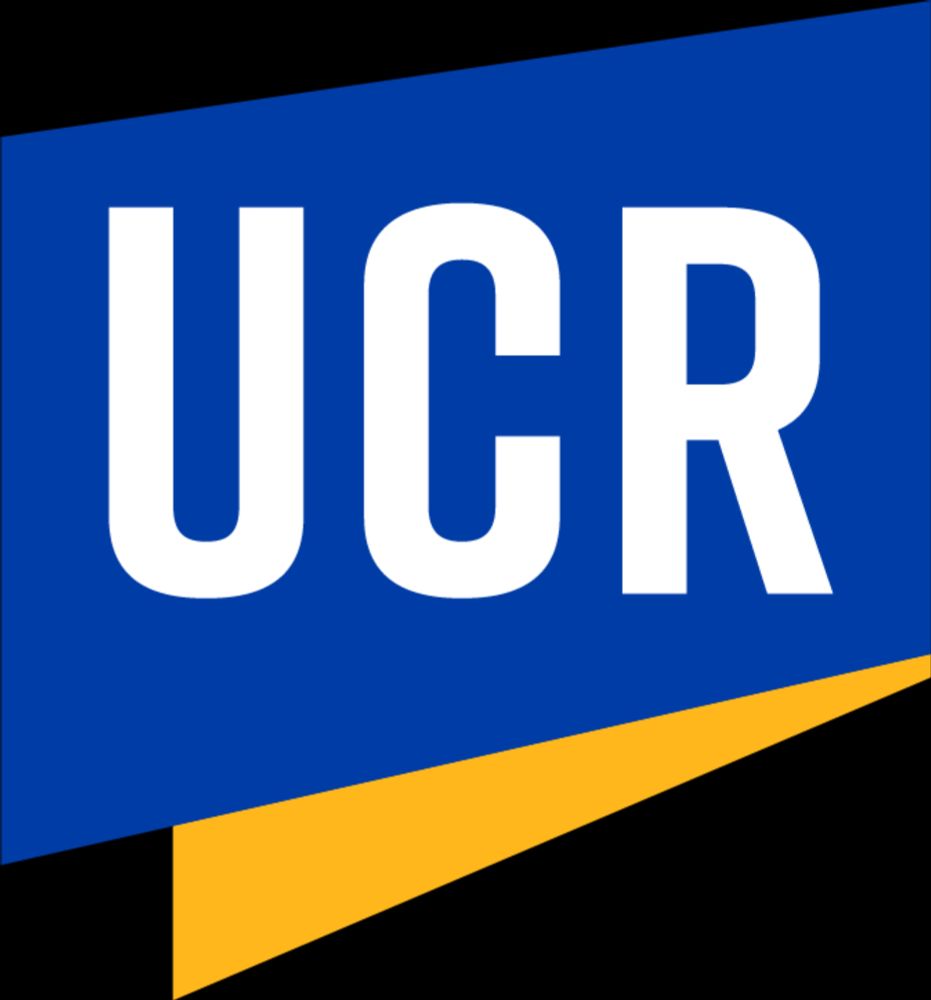
This thread is lightly edited from a post at the place formerly-known-as-twitter, FlipTanedo/status/1706301780290936939
I'm reposting after students in my Physics 17 course asked about the birdtrack diagram on the cover of the course notes.
sites.google.com/ucr.edu/phys...
The indices in the corresponding expressions are understood to be written with respect to abstract index notation. In this sense, they are coordinate free. Thus I do not think a more manifestly coordinate-free notation would be significantly clearer.
05.04.2025 21:56 — 👍 0 🔁 0 💬 1 📌 0For example, we applied the torsion free assumption with the following diagrammatic rule: two circles around something with no lines is zero if the lines on each circle are antisymmetrized with each other.
05.04.2025 21:56 — 👍 0 🔁 0 💬 1 📌 0Τhis was my first example where birdtrack notation were significantly more clear than the analogous index expressions, even though they are in one-to-one correspondence.
05.04.2025 21:56 — 👍 0 🔁 0 💬 1 📌 0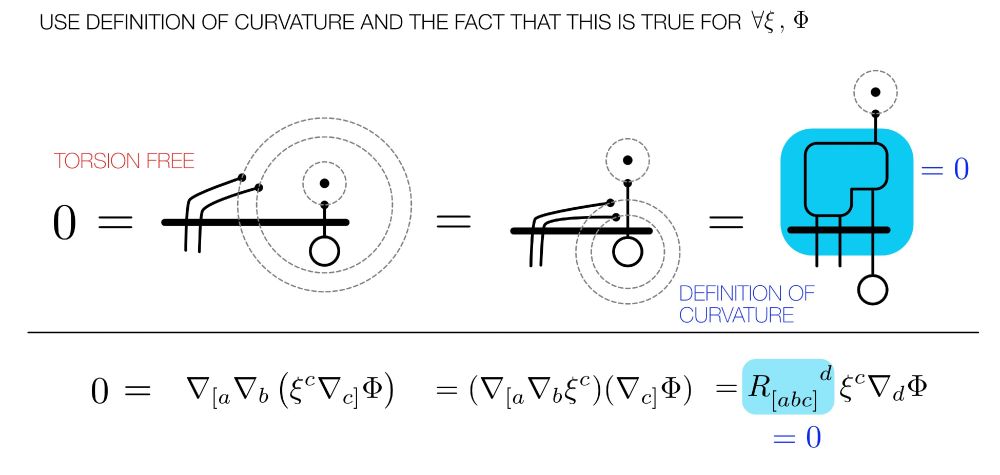
The remaining term is proportional to the curvature tensor with its three lower indices antisymmetrized (blue). The entire quantity is zero (first step) and for any scalar (dot) or vector (circle), thus the blue highlighted piece must vanish. This proves the assertion.
05.04.2025 21:56 — 👍 0 🔁 0 💬 1 📌 0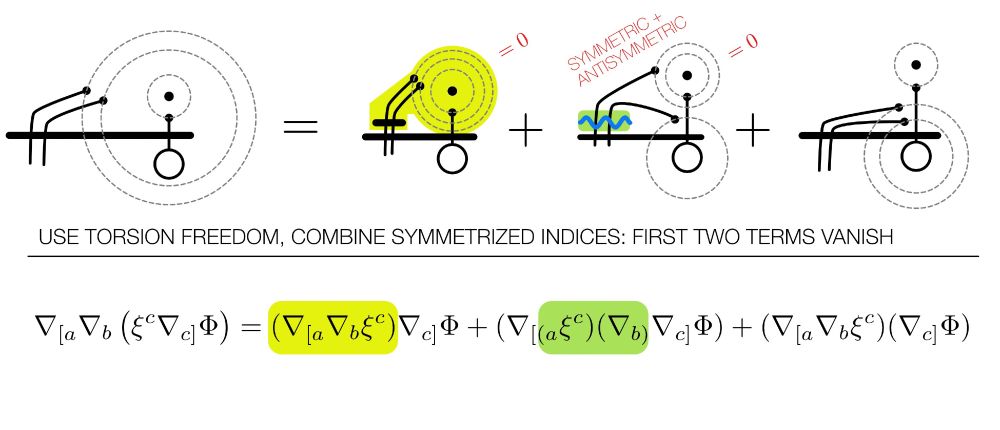
All but the last term vanish: the first one from torsion freedom, and the second from a combined symmetrization and anti-symmetrization of the same pair of indices.
05.04.2025 21:56 — 👍 0 🔁 0 💬 1 📌 0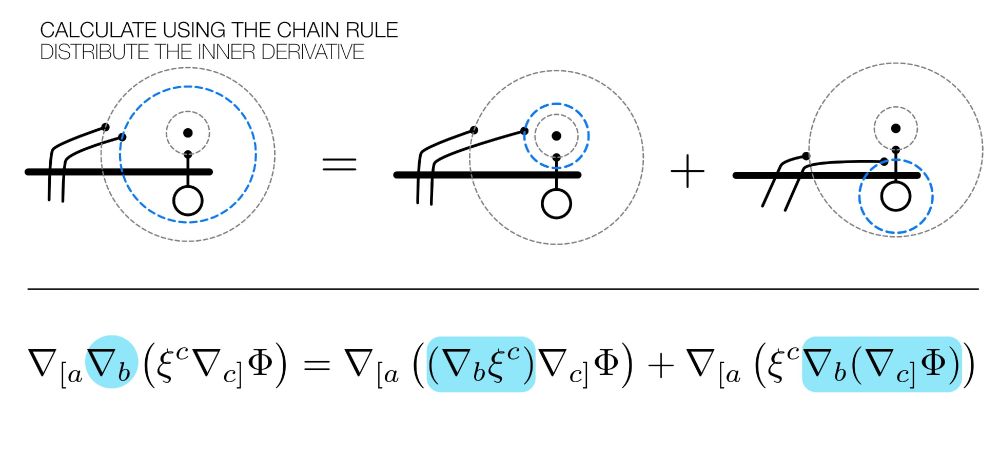
Apply the chain rule for the inner (highlighted in blue) covariant derivative. This means the dashed blue circle is applied to each node inside it.
05.04.2025 21:56 — 👍 0 🔁 0 💬 1 📌 0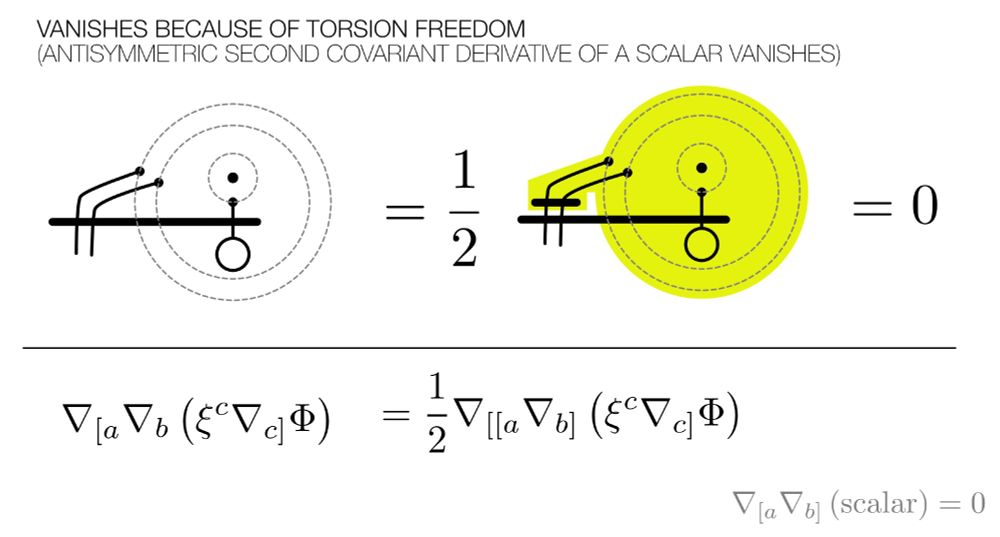
The first step, following a hint from Penrose's book, is to evaluate the following quantity for some arbitrary vector field (ξ) and scalar field (φ).
By the torsion free condition (highlighted in yellow) this quantity is zero. Next we expand the left-hand side.
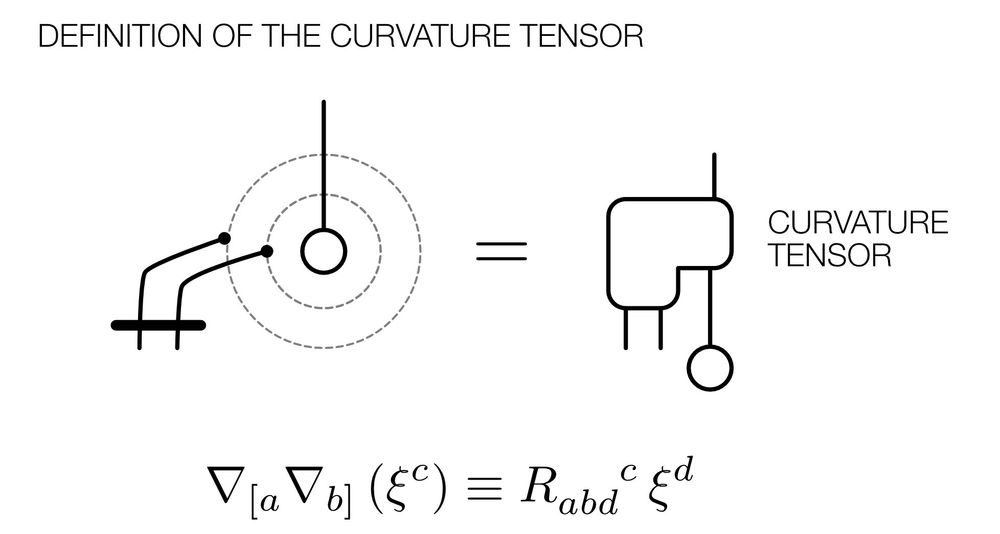
The (Riemann) curvature is analogously defined from an antisymmetric covariant derivative.
05.04.2025 21:56 — 👍 0 🔁 0 💬 1 📌 0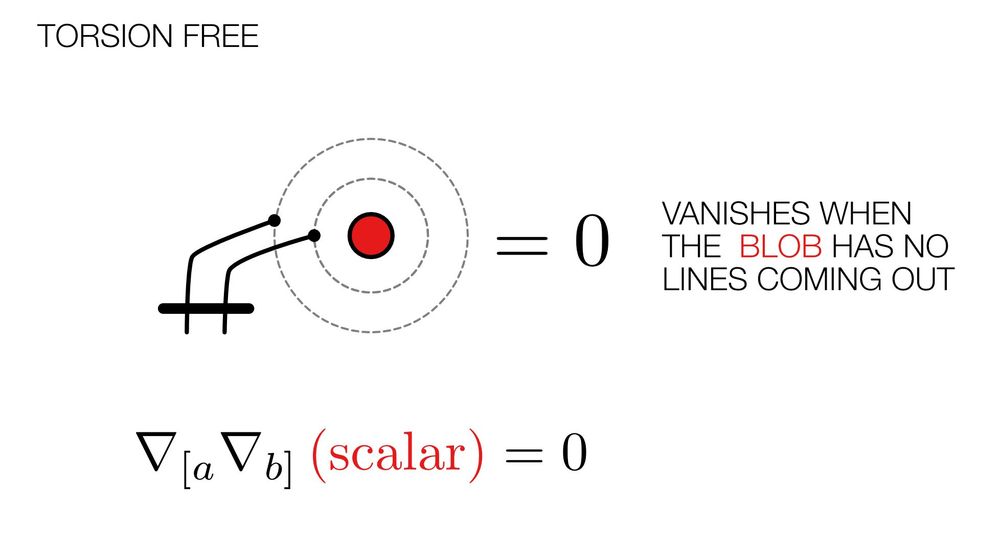
The torsion free condition is that the antisymmetric second derivative of a scalar vanishes.
05.04.2025 21:56 — 👍 0 🔁 0 💬 1 📌 0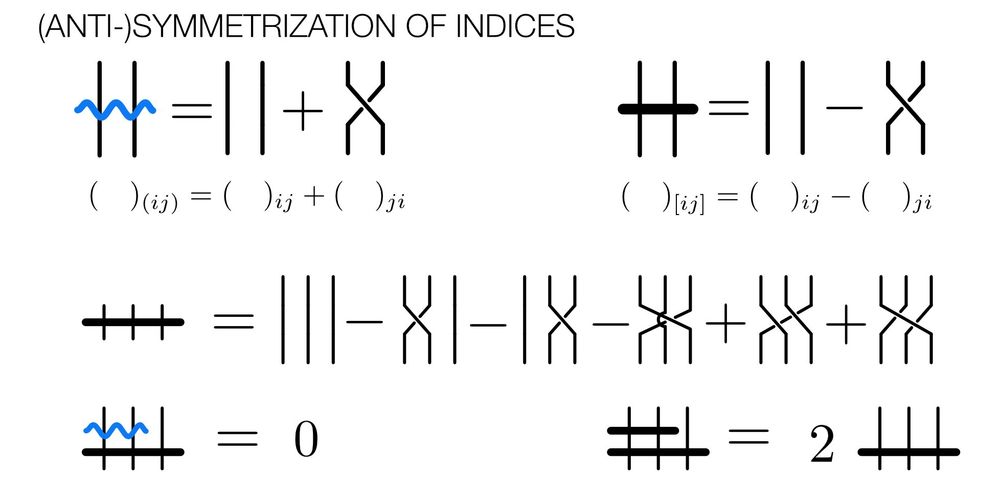
Wigglies (bars) indicate (anti-)symmetrization of indices.
05.04.2025 21:56 — 👍 0 🔁 0 💬 1 📌 0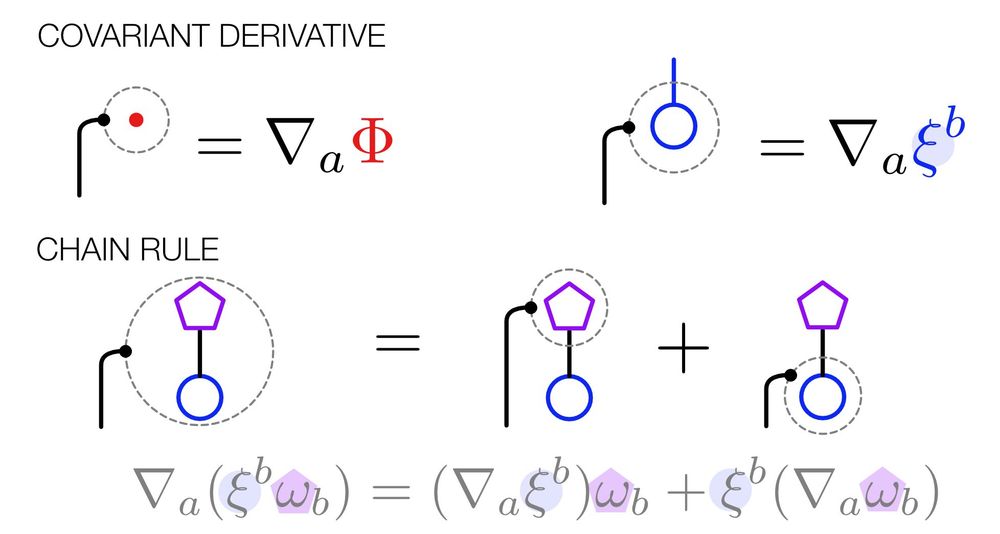
Covariant derivatives are dashed circles.
05.04.2025 21:56 — 👍 0 🔁 0 💬 1 📌 0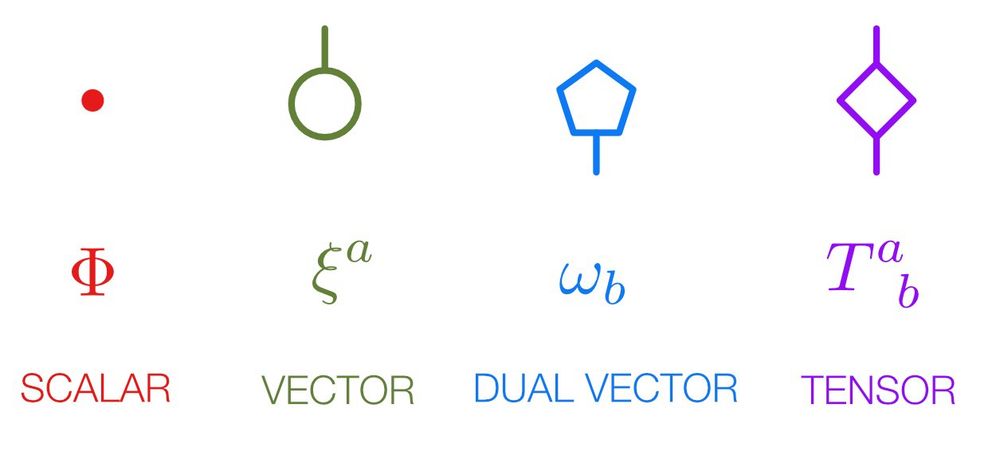
Some notational background: Tensors are nodes and indices are lines. Lines that connect nodes are contracted.
05.04.2025 21:56 — 👍 0 🔁 0 💬 1 📌 0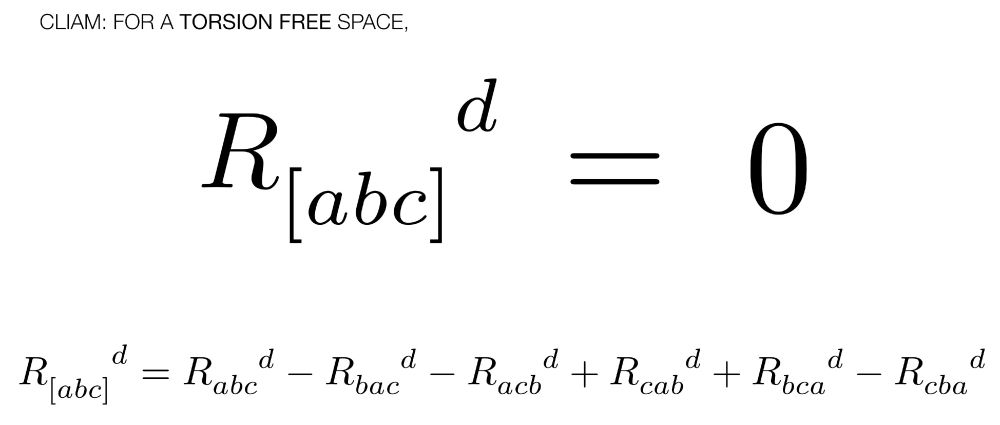
Here's an application of birdtrack notation to prove a curvature tensor identity. It is identical to index notation, but I find the diagrammatic proof easier to follow once I picked up the rules.
This is a solution to exercise [14.10] in Penrose's Road to Reality.
Eligible PhD students should feel empowered to bring up these awards with their advisors.
21.03.2025 17:41 — 👍 0 🔁 0 💬 0 📌 0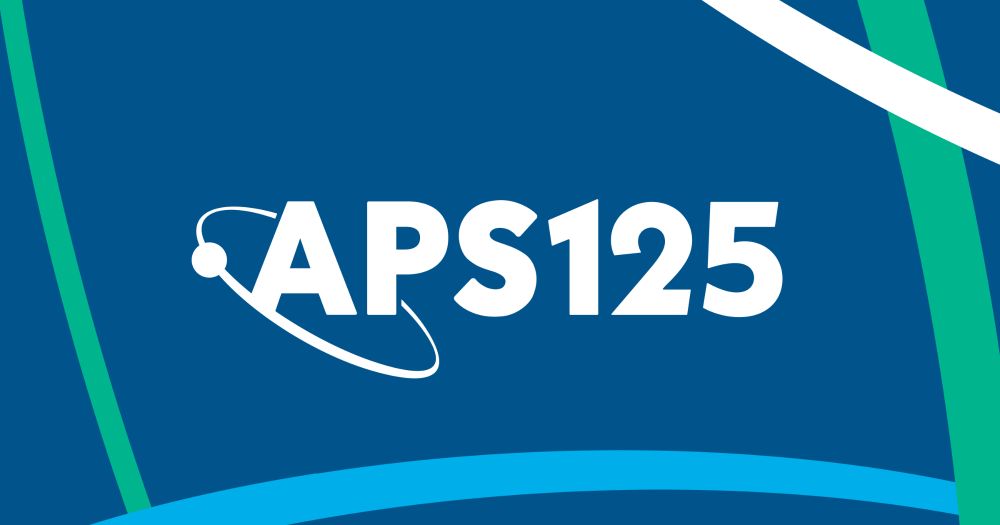
High-energy theorists should also consider nominating their soon-to-be PhDs for the APS DPF Sakurai Dissertation Prize. Nominations will be due in September.
www.aps.org/funding-reco...
Advisors of cosmology and astroparticle soon-to-be PhDs: consider nominating your students for the CCAPP Price Award. Nomination letters are due Friday March 28, 2025.
ccapp.osu.edu/students/pri...
The DOE Office of Science Graduate Student Research applications are due May 7, 2025. These support PhD students to collaborate with a national lab scientist for 3-12 months.
science.osti.gov/wdts/scgsr
She writes about "magic pill-ism," the hope for scientists to come up with a pill to cure cancer, and her exasperation comes through when she argues that this magic pill-ism blinds us to the human choices that we continue to make are the ultimate origin of many of our modern maladies.
17.03.2025 19:09 — 👍 1 🔁 0 💬 0 📌 0She then pieces together how a combination of American institutions were critical in forging a path forward: accountability of politicians, research institutions like universities, and local newspapers.
The timeliness with contemporary challenges is hard to miss.
I'm impressed by how prescient many of the book still is.
Carson points out that the USDA had supported chemical insecticides even when they were shown to be dangerous, wasteful, and often counterproductive. It contextualizes the loss of faith in "big government" by affected populations.
In Ch.12, Rachel Carson points out that until the 1950s, pediatric cancer was incredibly rare. From the 50s onward, more American children died of cancer than any other disease. Carson raised the alarm that many of these cancers are present before birth and are intrinsically environmental in origin.
17.03.2025 19:09 — 👍 0 🔁 0 💬 1 📌 0Those in Riverside: participation in the book club comes with purchasing the book from our host, Cellar Door Books:
Silent Spring: www.cellardoorbookstore.com/book/9780618...
Silent Spring Revolution: www.cellardoorbookstore.com/book/9780063...
It is a back-to-back celebration of the environmental movement starting from the book that started it all and then going into the history of how science turned into policy for the public good.
17.03.2025 19:09 — 👍 0 🔁 0 💬 1 📌 0Next month we are discussing Brinkley's Silent Spring Revolution, the story of the "great environmental awakening" in the era immediately after Silent Spring's publication.
17.03.2025 19:09 — 👍 0 🔁 0 💬 1 📌 0
This month and next month our Phy-Sci Book club is reading a couple of books ahead of Earth Day.
Next week we're discussing Rachel Carson's classic, Silent Spring. The book continues to hold its own as remarkable feat of accessible science writing 63 years after its original publication.
One of the neat parts of the What Is Particle Theory? workshop at @kitp-ucsb.bsky.social has been seeing early discussions between phenomenologists and S-matrixologists to see if bootstrapping & positivity are at a point where they can be applied to pheno.
online.kitp.ucsb.edu/online/parti...
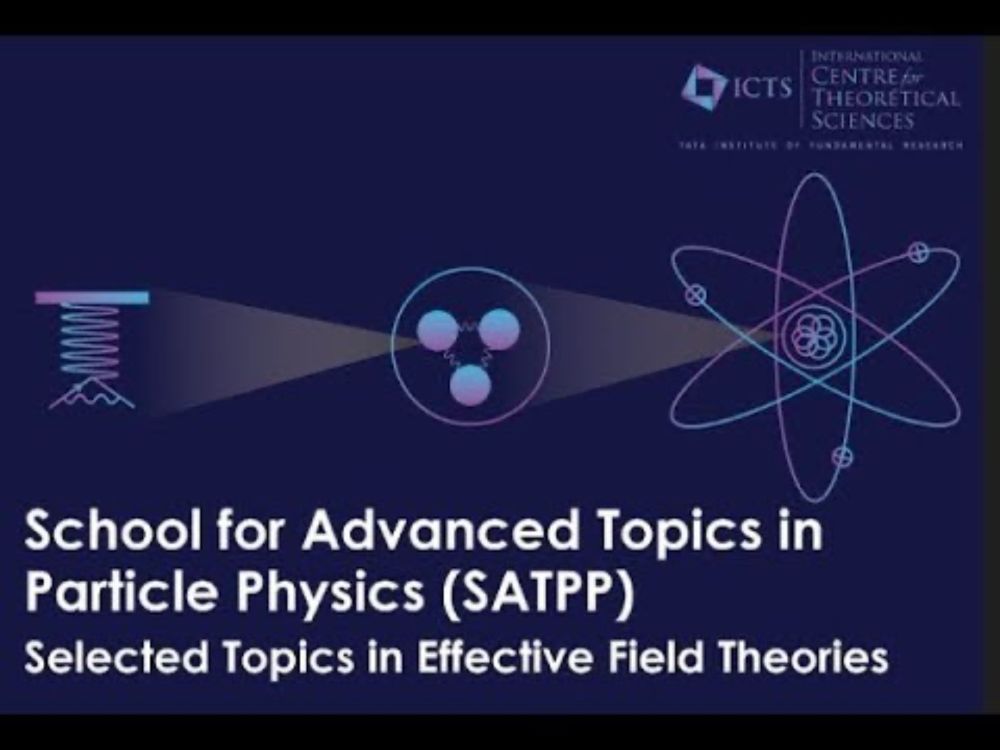
... or Brando Bellazzinni's lectures at the School for Advanced Topics in Particle Physics (ICTS).
www.youtube.com/watch?v=0sUz...